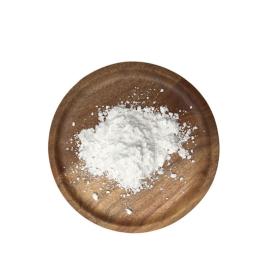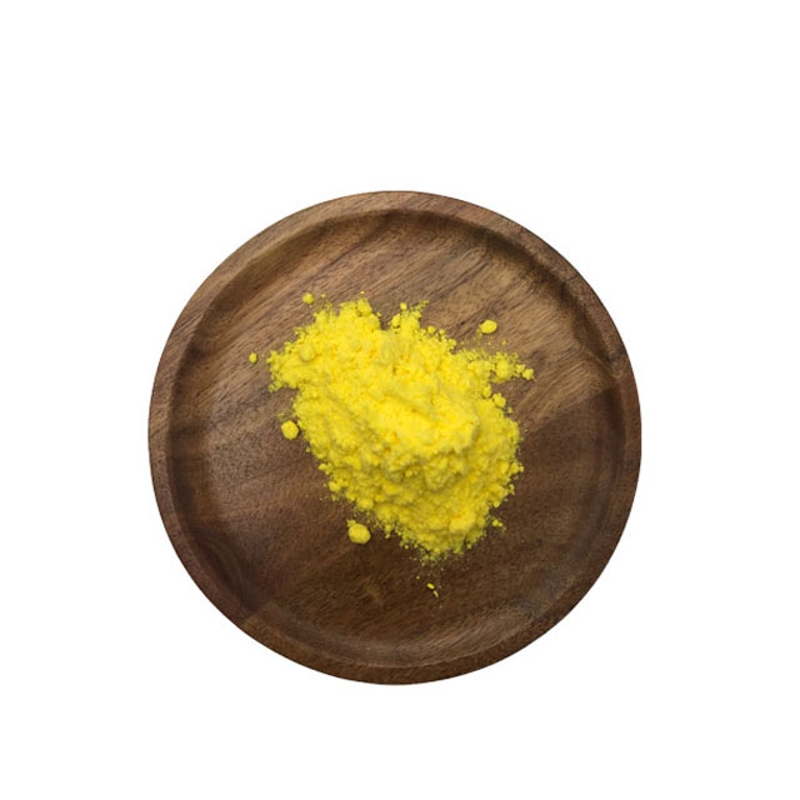-
Categories
-
Pharmaceutical Intermediates
-
Active Pharmaceutical Ingredients
-
Food Additives
- Industrial Coatings
- Agrochemicals
- Dyes and Pigments
- Surfactant
- Flavors and Fragrances
- Chemical Reagents
- Catalyst and Auxiliary
- Natural Products
- Inorganic Chemistry
-
Organic Chemistry
-
Biochemical Engineering
- Analytical Chemistry
- Cosmetic Ingredient
-
Pharmaceutical Intermediates
Promotion
ECHEMI Mall
Wholesale
Weekly Price
Exhibition
News
-
Trade Service
Hepatic bile tube cancer (PHC), also known as Klatskinoma, is a common malignant tumor in the bile system.
liver door bile tube cancer because of its special site, immersive growth and close relationship with the blood vessels in the liver door and so on caused great difficulties in surgical excision.
has long been considered an incurable cancerous tumor of the bile tube in the liver door.
the past 20 years, with the progress of imaging and surgical technology, the diagnosis and treatment of bile tube cancer in the liver has made great progress, the rate of surgical excision has gradually increased, and the survival rate has been significantly improved.
liver excision joint venous excision (PVR) and/or hepatic artery excision (HAR) techniques are highly demanding, but only applicable to the root treatment of PHC that affects the liver door into the liver blood vessels;
study aims to assess the efficacy and safety of joint angiostomy (VR) in the treatment of advanced liver bile tube cancer (PHC).
included in patients diagnosed with PHC from 2001 to 2018.
group patients who undergo surgery based on whether or not they undergo joint VR surgery, and further segment the patients who undergo VR surgery by VR type.
compared postoperative results and overall survival (OS) in different patient groups.
of 1055 patients, 787 (75%) had surgical excision (no VR: 484, PVR: 157, HAR:146).
postoperative complications and mortality rates were 49% (no VR group vs VR group: 48% vs 50% ;P-0.715) and 2.1% (1.2% vs 3.6% ;P-0.040).
OS (median 30 months) was significantly shorter than in patients with non-VR surgery (61 months; P.lt;0.0001), but longer than in unseated patients (10 months; P.lt;0.0001).
no significant difference in OS in patients who received PPR or HAR (median was 29 months and 34 months, respectively; P=0.517).
, VR saves a large number of local late PHC patients who cannot be surgically removed, so if the liver door inflow into blood vessels is reconstructable, it is recommended to use VR, which is expected to improve patient prognosis and bring significant survival benefits.
.







